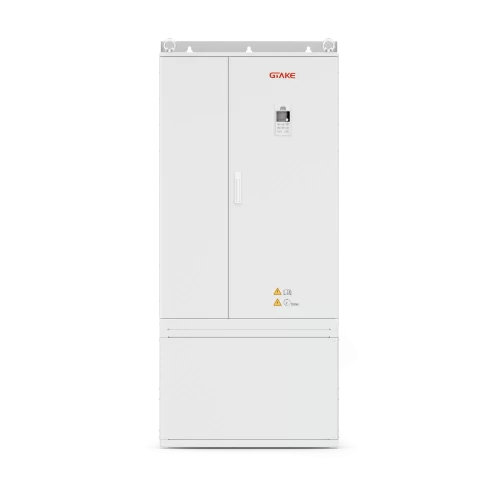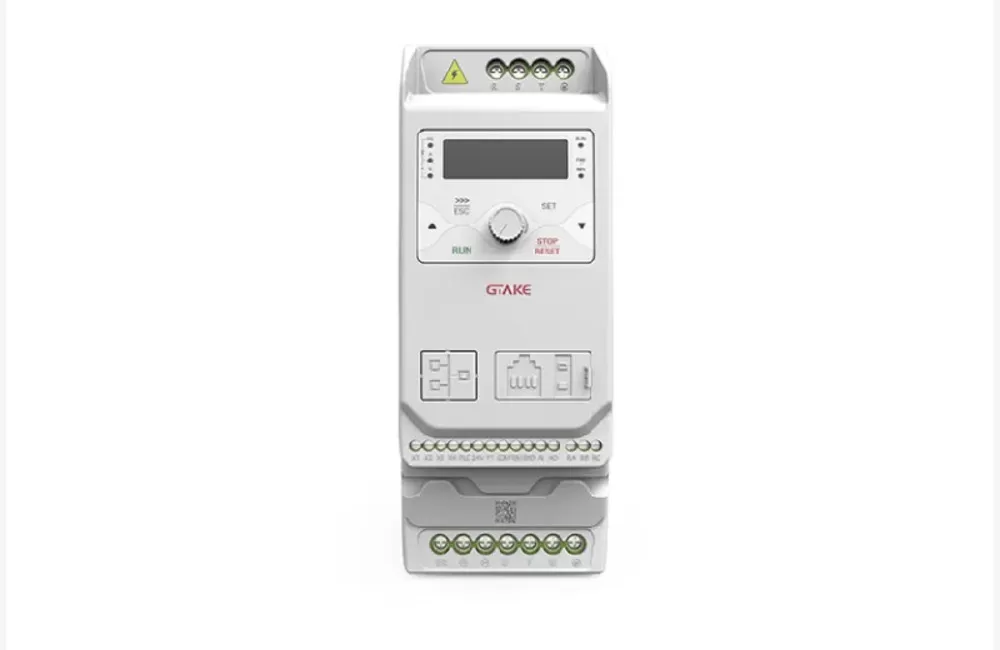Inverters play a crucial role in industrial automation and energy management, ensuring seamless operation and efficiency. However, voltage instability, particularly low voltage issues, can lead to system malfunctions, equipment failure, and operational disruptions. Understanding the causes and implementing effective solutions can help maintain inverter performance and prevent costly downtime. In this article, we explore practical strategies to address inverter low voltage issues, ensuring reliable and efficient operation in demanding environments.
Understanding Inverter Low Voltage
Inverter low voltage is a common issue that can disrupt industrial operations, affecting automation systems and energy management efficiency. It occurs when the voltage output from the inverter drops below the recommended level, leading to system failures, reduced equipment performance, or even complete shutdowns. Addressing this issue promptly is essential for maintaining system reliability and efficiency.

Solutions for Inverter Low Voltage Issues
1. Enable Automatic Restart Function
One of the most effective ways to prevent low voltage shutdowns is by enabling the automatic restart function on the inverter. During startup, high-power equipment can cause a temporary voltage dip, leading to an inverter fault. The automatic restart feature ensures that the inverter resets itself after a brief power loss, allowing operations to resume without manual intervention. Some inverters also offer a frequency detection mechanism to identify and match motor speed before restarting, reducing the impact of voltage fluctuations.
2. Install an Uninterruptible Power Supply (UPS)
A UPS can help mitigate low voltage issues by supplying a stable power source when the main supply fluctuates or temporarily fails. It converts stored battery power into a consistent AC output, ensuring the inverter remains operational. This solution is particularly useful in environments where power instability is common, as it prevents sudden shutdowns that can damage both the inverter and connected equipment.
3. Adjust Low Voltage Protection Settings
Many inverters have built-in low voltage protection that triggers shutdowns when the supply voltage drops below a preset threshold. In cases where minor fluctuations frequently cause interruptions, adjusting this threshold slightly lower—while remaining within safe limits—can enhance system resilience. Additionally, extending the acceleration time of the controlled equipment can prevent sudden voltage drops by distributing the power demand more evenly.

Best Practices for Using Inverters Safely
To maximize inverter lifespan and prevent operational disruptions, consider the following precautions:
- Avoid Vibrating Installations: Mounting inverters on vibrating equipment can loosen internal connections, leading to faults and failures.
- Proper Wiring Practices: Use appropriately rated circuit breakers, avoid excessive cable lengths, and ensure secure grounding to minimize electromagnetic interference.
- Brake System Considerations: Frequent emergency stops can damage inverters. Using an external braking unit or mechanical brake can reduce stress on the inverter.
- Cooling and Ventilation: Continuous low-speed operation can cause motor overheating. Installing additional cooling fans ensures adequate heat dissipation.
- Environmental Protection: Dust and moisture are major threats to inverters. Installing units in climate-controlled enclosures or using dust filters can help maintain optimal conditions.
- Surge and Voltage Regulation: If using generators or operating in areas prone to power surges, installing voltage stabilizers or surge protectors can extend the inverter’s lifespan.
- Routine Maintenance and Repairs: In case of a fault, only trained personnel should attempt repairs to avoid further damage. Inspecting fast-blow fuses before replacing them can prevent more extensive failures.
Ensuring Long-Term Inverter Performance
Voltage instability is a significant challenge in industrial applications, but by implementing the right preventive measures, you can ensure stable and efficient inverter operation. From enabling automatic restart functions to installing UPS backup systems and optimizing voltage protection settings, each step contributes to improved reliability. Regular maintenance and best practices further safeguard against potential issues, ensuring smooth and uninterrupted performance.
At GTAKE, we are committed to providing advanced motor control solutions that enhance system efficiency and resilience. Explore our innovative inverter technologies designed for industrial and clean energy applications to experience superior performance and reliability.
